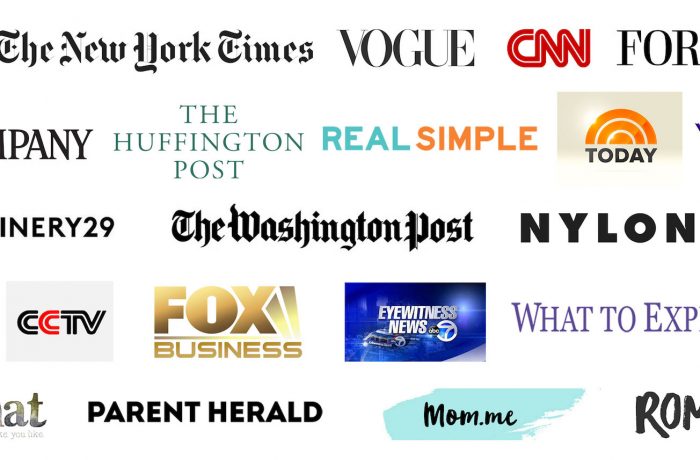The first time an interviewer asks you to take an edit test, it’s entirely possible that you’ll have no idea what they’re talking about. My first few edit tests made me feel like I was having that recurring nightmare from high school where you’re totally unprepared, but after a few dozen (most freelance positions require some kind of ET), it’s easy enough to know what to expect and how to prep. And when should you expect one? When you’re applying for an editorial or freelance position for sure, and most likely for PR jobs, too.
Before your palms start sweating and you feel like you showed up to a test without studying, take a deep breath, and follow these four steps—because edit tests are not as tricky as they seem.
1. Do your research.
This can be the hardest part, especially if you never went to school for journalism and actually have to Google “edit test.” Each company offers a different kind of test depending on the position. For a social media edit test, you might be asked to craft a social strategy for a particular topic or story. When you apply to be an editor, you’ll be asked to submit story ideas and you might even be asked to edit a piece for the site or publication. If you’re going into public relations, you might be asked to write a sample press release or media alert. It’s basically your chance to show the interviewer what your writing looks like un-edited and how easily you can adapt to the voice of the company.
2. Stalk the brand’s social media.
And how can you figure out the voice of the company? By checking out the brand’s social media accounts. If you’re already familiar with what they’re doing on Facebook and Twitter, it will make it much easier to provide potential posts for both networks, which edit tests often ask you to do (even if it’s not specifically a social media position). Another popular edit test question is “What other sites/accounts do you follow that are similar to ours?” You’ll automatically be prepared to answer that if you have a specific list of accounts that you already follow.
3. Don’t be afraid to ask questions.
If you’ve read a prompt 10 times and still don’t understand what it means, it’s likely that other people need help with it, too. Instead of pretending to understand, reach out. It could easily be an editor’s grammatical error (it happens). Along these lines, don’t be afraid to ask for more time. Editors and potential bosses understand that edit tests are sometimes sprung on you last-minute. They won’t fault you for pushing back the deadline, but they will if you don’t make one.
4. Think of a ton of ideas, then pitch your favorites.
As a huge Gwen Stefani fan, I’m always ready to write about her. After her divorce, I immediately pitched all kinds of content and reworked it based on the particular website—everything from ranking her breakup songs by how likely they are to help you recover to suggesting guys she should date (my first choice was Blake Shelton, so she’s probably reading everything I write ). If the editor can tell how passionate you are about a subject and see that you spun it to fit within the voice of the brand, you’re golden.
5. Follow up afterward.
If you spend days on an edit test and then hear crickets, don’t be afraid to follow-up. Worst case, you weren’t chosen for that specific role, but at least you’re giving yourself an opportunity to ask for feedback. And if you enjoyed taking the test (a sign that you’d also enjoy working for the company), express interest in future opportunities down the road. You never know where that might lead!





